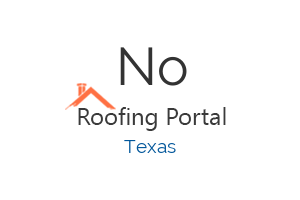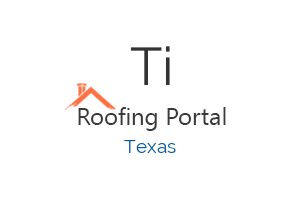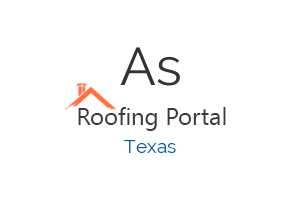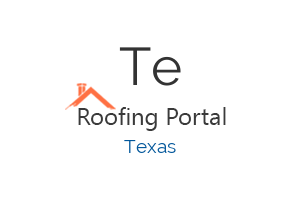Kemah roofing contractors in Texas
4 companies found in your city.

- Noble | Free Estimate | Roof Repair - Kemah
- Address: 601 Texas Ave, Kemah, TX 77565, USA
- Phone: +1 832-856-8403
- Zipcode: 77565

- Tipton Windstorm Construction LLC
- Address: 1207 Esther St B, Kemah, TX 77565, USA
- Phone: +1 832-552-6991
- Zipcode: 77565

- A1 Seamless Rain Gutters LLC
- Address: 1225 Lawrence Rd #537, Kemah, TX 77565, USA
- Phone: +1 281-508-8408
- Zipcode: 77565

- Tex-Star Home Solutions
- Address: 1306 Marina Bay Dr #206C, Kemah, TX 77565, USA
- Phone: +1 281-793-2889
- Zipcode: 77565

Kemah is a town in Galveston County, Texas, US, located at 29.543823\-95.039209, with ZIP code(s) 77565. If you are looking for companies in home roofing, you will find proper best companies in Kemah, TX, who work with restoration shingles saltbox.
Even if minor damages are present and a roof leak hasn’t happened as of yet, it’s a good idea to tackle the problem long before rain or snow have a chance to enter the structure. While these minor repairs might not seem like a big deal and you feel you can wait for repairs, you couldn’t be more wrong. Once a penetration has been made through the roofing membrane, moisture can enter the structure easily as warm air seeps out of the leak and mixes with cooler outside air. Condensation can occur and create a roof leak, even if it’s not raining.
Preventing Roof Leaks before They Start
Once you’ve stopped the roof leak, it’s important that you keep more roof leaks from taking place. Keep an eye out for potential problems like the ones listed above and be sure to keep leaf debris and branches off of your asphalt shingle roof and out of gutters. Never use harsh abrasives, snow shovels or pressure washing on your shingles as this can easily cause more roof leaks than it prevents. It’s also a good idea to keep trees trimmed back from the structure at least six feet. When swaying branches blown by the wind rub against shingles; it’s a roof leak waiting to take place.
- Missing, Broken, Damaged Shingles
- Roof Plumbing Pipe Weeping and Staining
- Loose or Bent Ridge Vent
- Fogging Window/Skylight Panes
- Chimney Flashing Corrosion
- Rusting Valley Metal
- Loose Satellite Dishes
- Overflowing or Improperly Sloped Gutters
- Improper Attic Ventilation
- Damaged Drip Edge, Soffit or Fascia
- Signs of Black Mold
- Winter Ice Dams